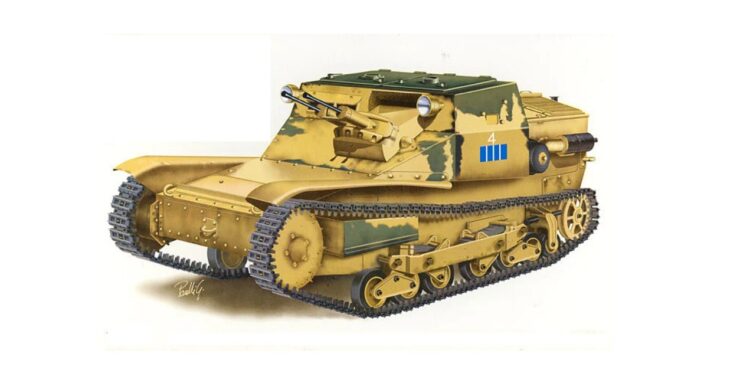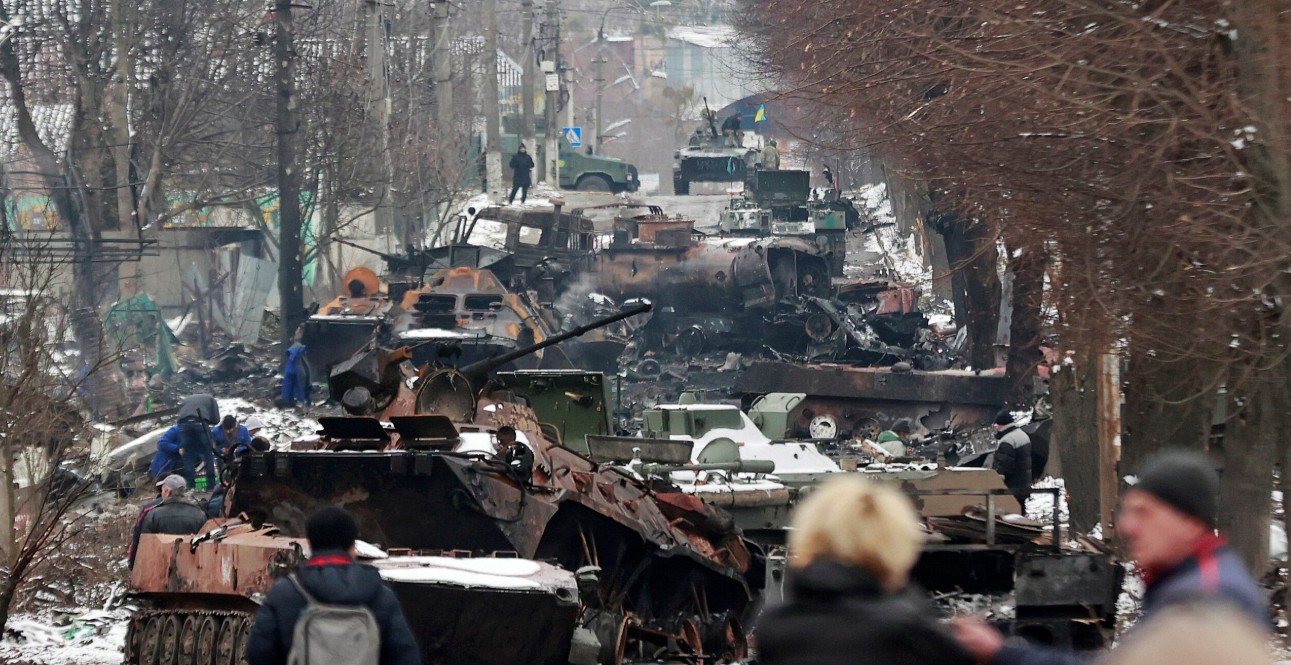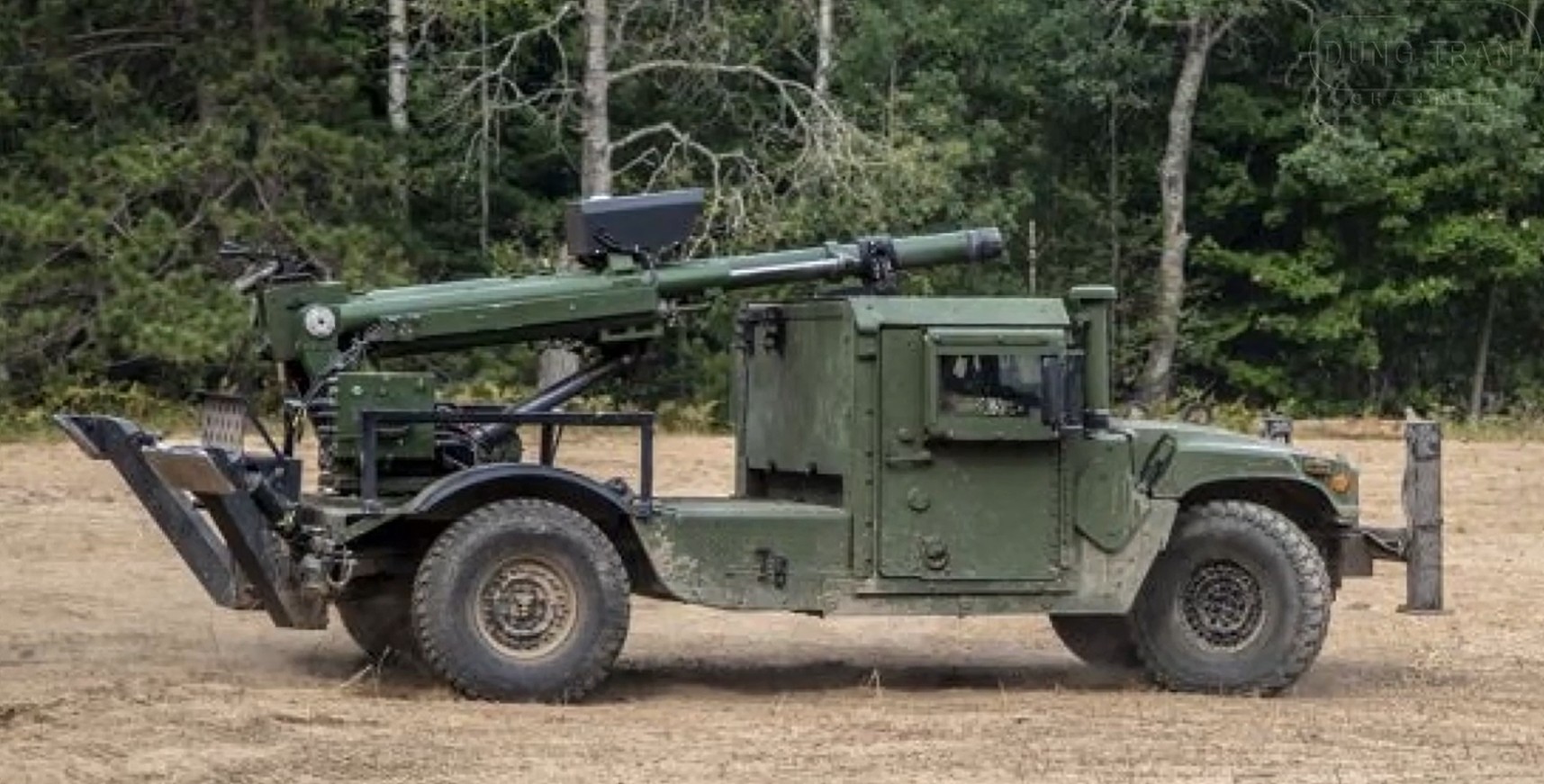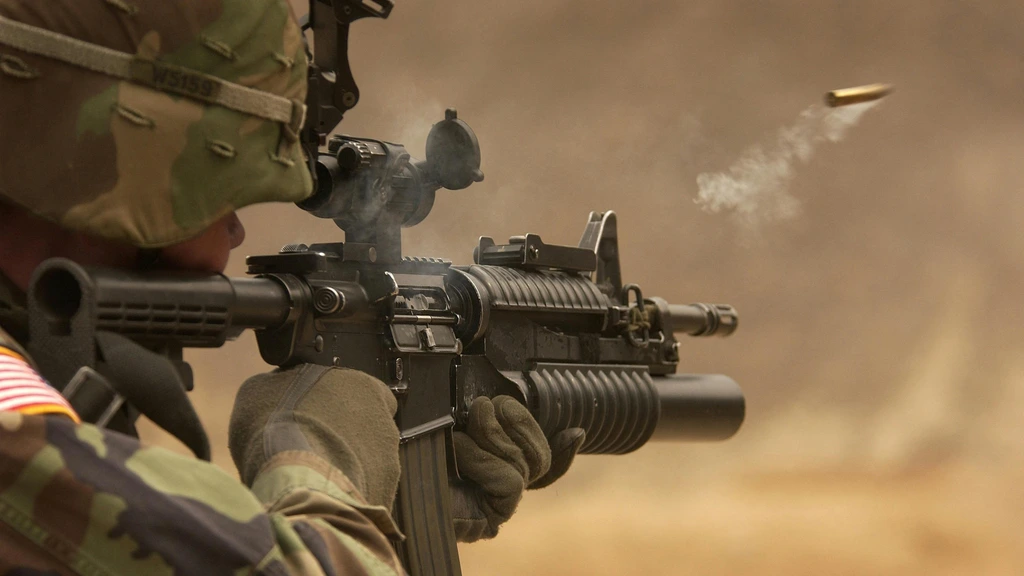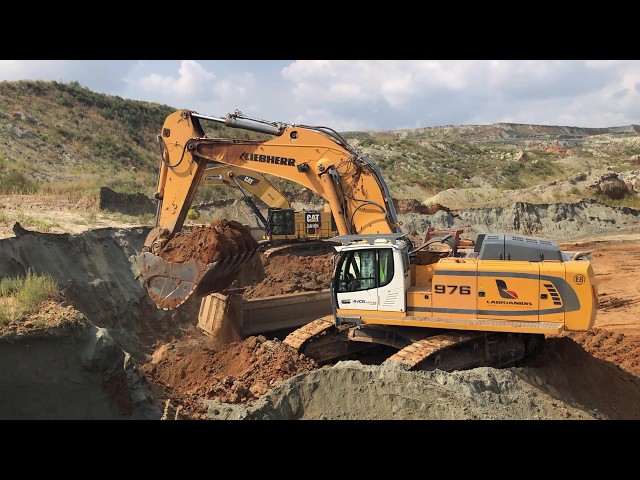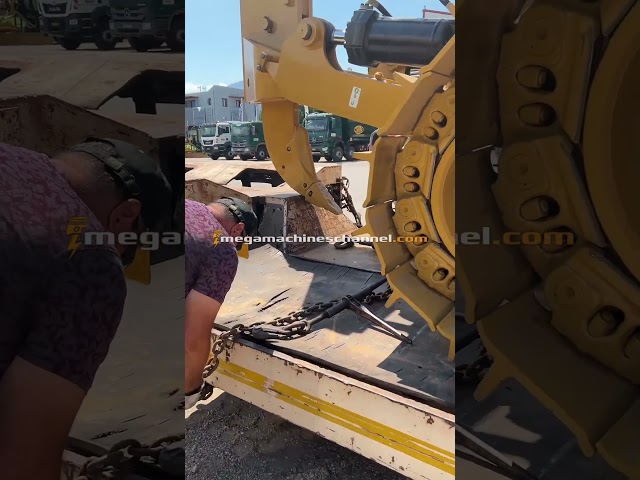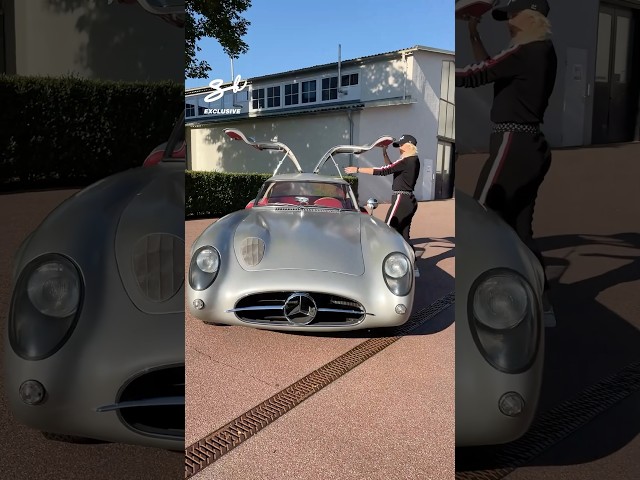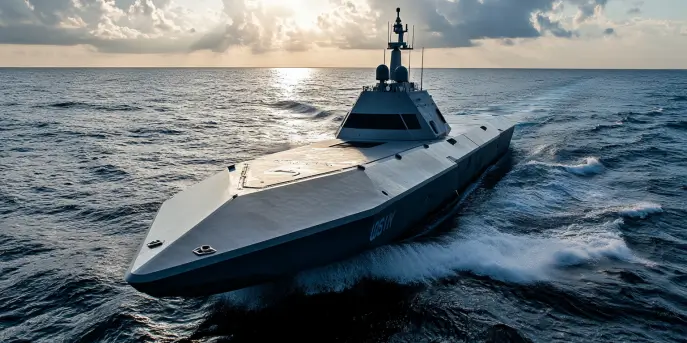The World of Tiny Titans: The Smallest Military Tanks Ever Built
In modern warfare, tanks are synonymous with domination, strength, and power. However, not all tanks are the behemoths that come to mind when thinking of these armoured giants. Some are compact, nimble, and surprisingly small, yet they serve critical roles on the battlefield or reconnaissance and special operations. Join us as we delve into the world of the smallest military tanks ever built, each a marvel in its own right despite their diminutive size.
History of Miniature Tanks
The concept of small tanks isn’t entirely new. During World War II, militaries worldwide experimented with different designs to achieve better mobility, stealth, and adaptability on various terrains. These compact tanks were developed for roles that larger tanks couldn’t fulfill. From invasion aids to reconnaissance vehicles, miniature tanks have surprised armies with their versatility.
The M22 Locust
The M22 Locust is among the most famous lightweight tanks in military history. Developed during World War II by the United States, it was created for airborne operations. Its lightweight construction allowed it to be air-lifted by a glider, enabling it to support airborne forces with crucial armored firepower.
- Weight: Approximately 7.4 tons
- Length: 12 ft 11 in (3.94 m)
- Armament: 37 mm M6 gun
- Engine: Lycoming O-435T, 162 hp
- Top Speed: 40 mph (64 km/h)
Despite its innovative design, the Locust saw limited combat use due to various operational challenges. Nevertheless, it remains a noteworthy attempt to blend air mobility with armored might.
The TKS Tankette
Developed by Poland, the TKS Tankette was a small yet surprisingly effective vehicle during the early years of World War II. Built as a reconnaissance armored vehicle, the TKS variant was fitted with a 20 mm cannon, making it a formidable adversary against similarly small tanks and unarmored vehicles.
- Weight: 2.4 tons
- Length: 8 ft 5 in (2.57 m)
- Armament: 20 mm Nkm wz.38 FK autocannon
- Engine: Polski Fiat 122B, 46 hp
- Top Speed: 25 mph (40 km/h)
Though production ceased in 1939, the TKS tankette’s design influenced other countries and laid groundwork for future reconnaissance tank designs.
The Renault UE Chenillette
France’s answer to the need for a compact supply tank was the Renault UE Chenillette. Built initially as a supply tractor, it later served as a small tow vehicle for guns and could carry troops or equipment. The flexibility of the Renault made it an invaluable tool during military operations.
- Weight: 1.75 tons
- Length: 8 ft 8 in (2.65 m)
- Armament: None originally, though some variants were equipped with a 7.5 mm MAC31 Reibel machine gun
- Engine: Renault 85 75, 38 hp
- Top Speed: 19 mph (30 km/h)
Even though it didn’t participate directly in combat, its ability to aid in logistics made it an integral part of the French army’s operations.
The Bob Semple Tank
In New Zealand, resourcefulness led to the design of the Bob Semple Tank during World War II. Made from materials such as corrugated iron and based on a tractor chassis, it became an emblem of innovation constrained by limited resources.
- Weight: 25 tons
- Length: 12 ft (3.66 m)
- Armament: 6 Bren light machine guns
- Engine: Caterpillar D8, 127 hp
- Top Speed: 24 mph (39 km/h)
Despite its impracticality in real combat situations and never being used in battle, the Bob Semple Tank is a testament to the innovation and determination of its creators.
The CV33 Light Tank
Italy contributed to the small tank design pool with the CV33 Light Tank, also known as the L3/33. As a light tankette, its agility was its prime asset, although it was lightly armored and not particularly powerful in weaponry.
- Weight: 3.2 tons
- Length: 9 ft 7 in (2.79 m)
- Armament: 1 x 6.5 mm Fiat-Revelli Model 1914 machine gun
- Engine: 43 hp engine
- Top Speed: 26 mph (42 km/h)
Operating in various conflicts, the CV33 was indicative of Italy’s focus on mobility over armor or heavy weaponry.
Modern Miniature Tanks
In recent years, the development of small or miniature unmanned military vehicles has gained momentum. These modern successors to small tanks often involve robotics and AI technology, expanding what these diminutive machines can do.
Their usage ranges from dangerous reconnaissance missions to bomb disposal, and while not traditionally armored, they borrow the spirit of their predecessors, prioritizing flexibility and stealth. Modern engineering breakthroughs mean that their role in the military landscape continues to evolve, promising new contributions to strategic military operations.
From wartime ingenuity to modern-day robotics, small tanks have a storied history of innovation. Their unique designs offer a testament to the flexibility and adaptive strategies of military engineers and continue to offer insight into the future of military technology.
